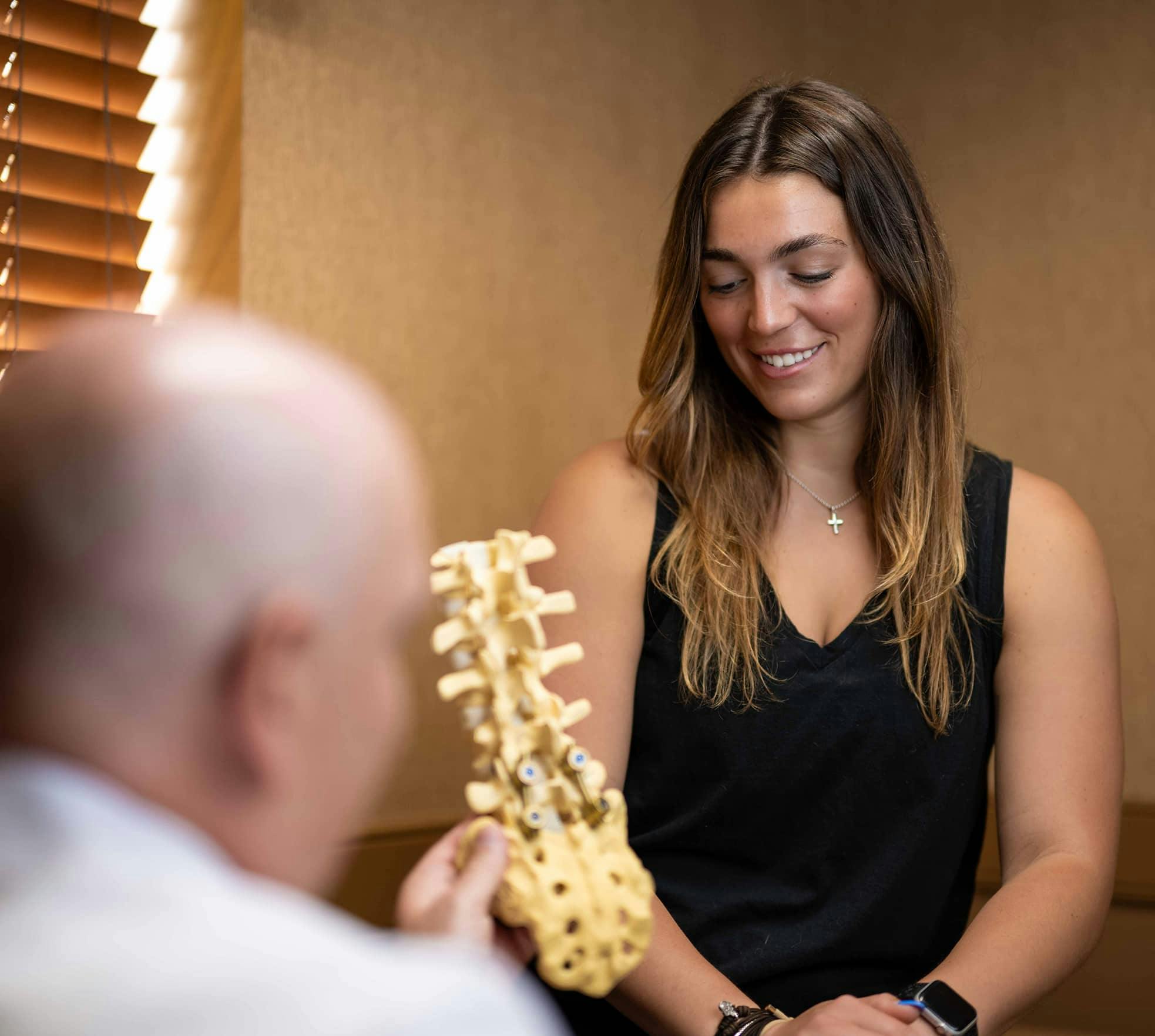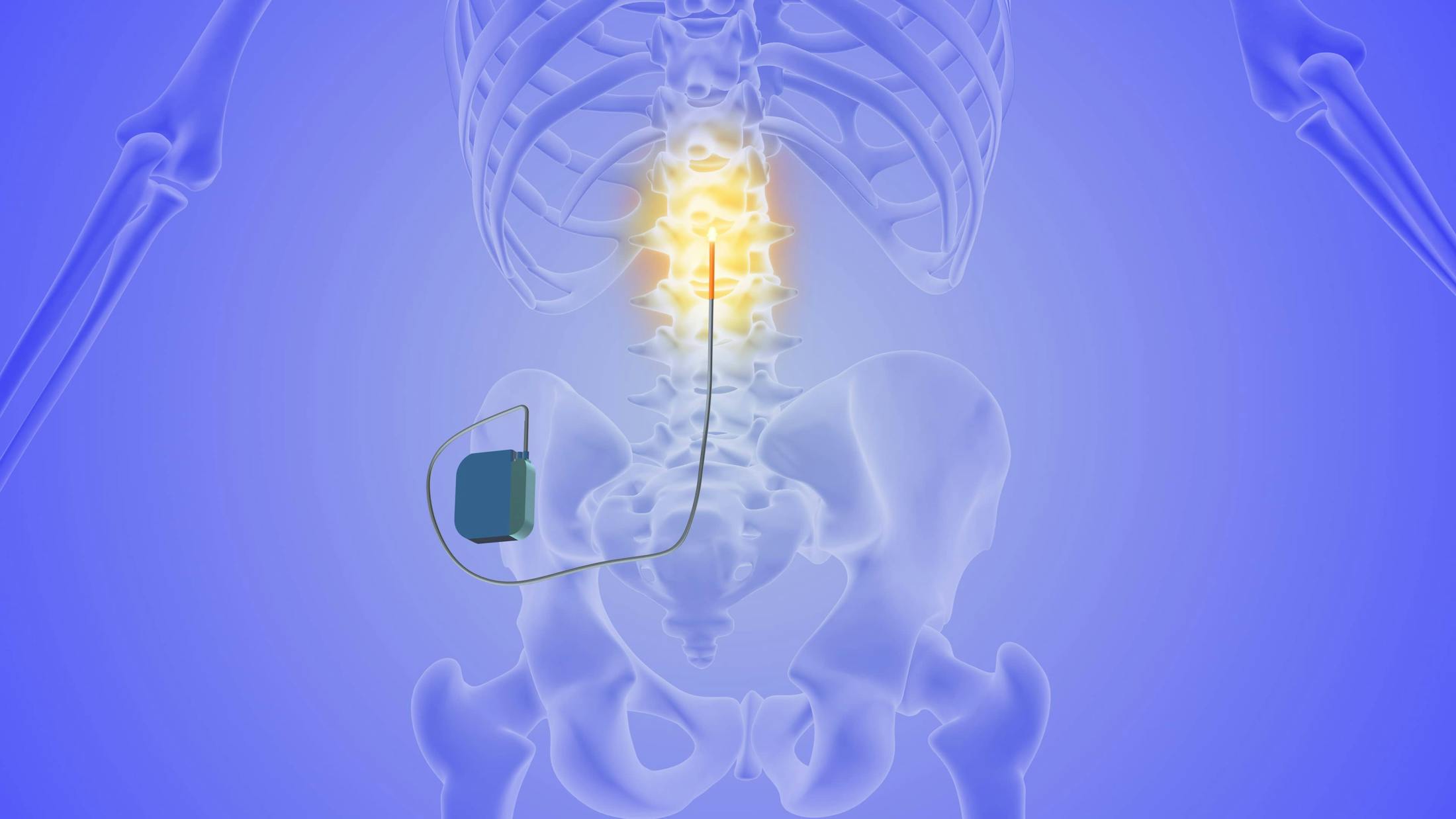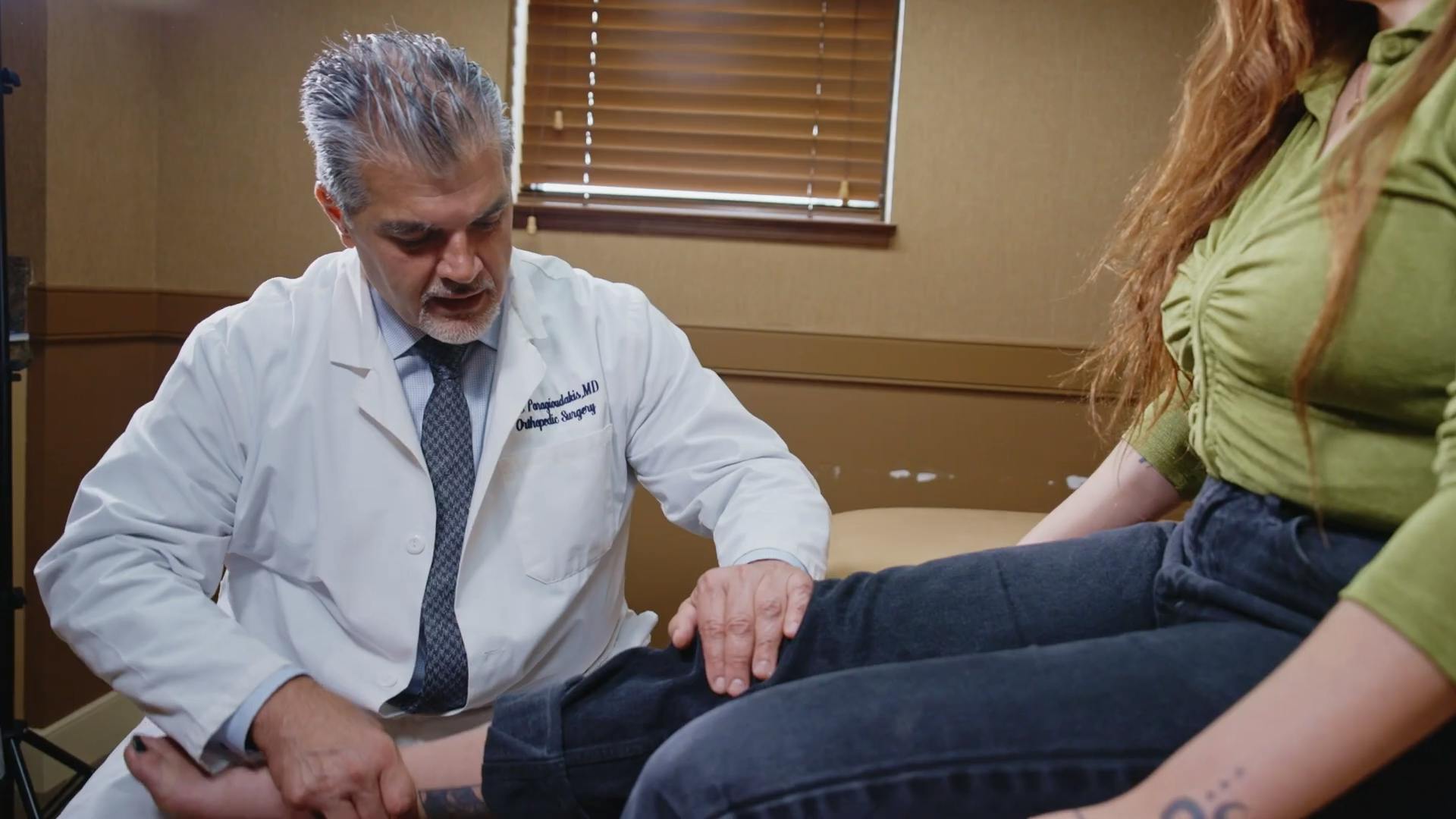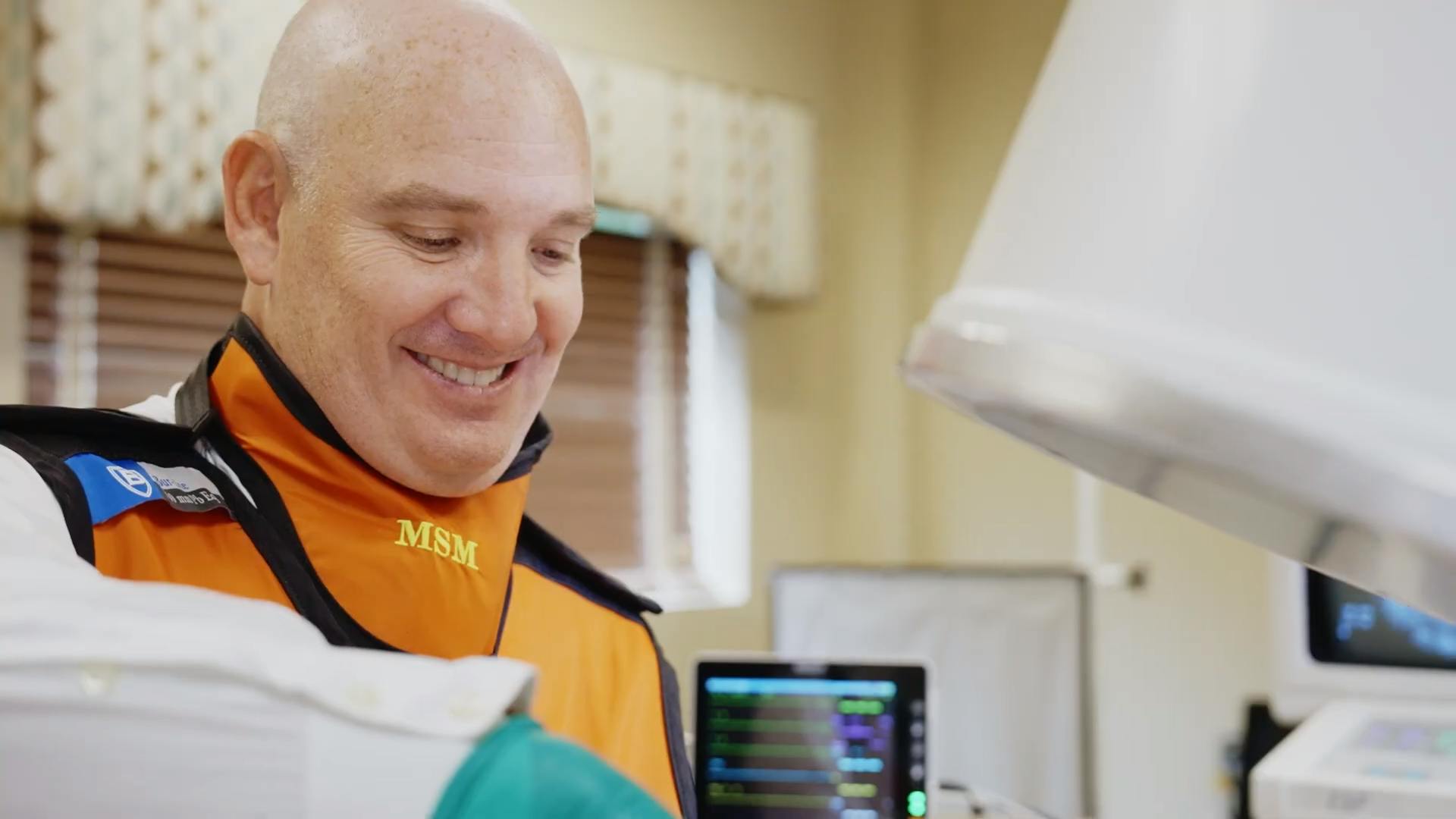Spinal Cord Stimulation for Chronic Back Pain Relief
Spinal cord stimulation (neurostimulation) is a minimally invasive procedure designed to alleviate chronic back pain. It involves implanting a small pulse generator that transmits electrical impulses to the spinal cord, effectively blocking pain signals to the brain. Neurostimulation delivers low-voltage electrical stimulation to the spinal cord or targeted peripheral nerve to alleviate pain. According to the Gate Control Theory of pain, this stimulation activates the body's pain inhibitory system, essentially "closing the gate" on pain signals to the brain. The result is a tingling sensation (paresthesia) that masks the sensation of pain.

Orthopedic Conditions Treated
Spinal cord stimulation is recommended for patients with severe, chronic back pain when conservative therapies and previous spine surgeries have failed to provide relief. It's typically considered when further surgery is not indicated and no serious drug habituation or contraindications exist. Successful screening tests help determine suitability.
Ready to Experience the Benefits of Spinal Cord Stimulation?
Research shows that carefully selected chronic pain patients can benefit from spinal cord stimulation. It may:
- Improve pain relief (with a majority experiencing at least a 50% reduction in pain).
- Increase activity levels.
- Reduce the need for narcotic medications.
Spinal cord stimulation involves two stages:
- In the first stage, a lead is implanted for trial screening to assess effectiveness.
- If successful, the second stage implants the complete neurostimulation system.
- This system typically comprises one or two leads delivering electrical stimulation, an extension wire, and a power source.

Your New Jersey Orthopedic Experts
At the Center for the Functional Restoration of the Spine, our expert team, led by Dr. Steve Paragioudakis and Dr. Marc Menkowitz, utilizes neurostimulation to help patients regain control over their chronic back pain.
With this advanced, cutting-edge treatment, we aim to enhance your quality of life, reduce reliance on medication, and promote increased activity and independence.
If you're seeking relief from severe, chronic back pain, contact us today for a consultation at one of our New Jersey locations in Edison, Shrewsbury, or Toms River.





